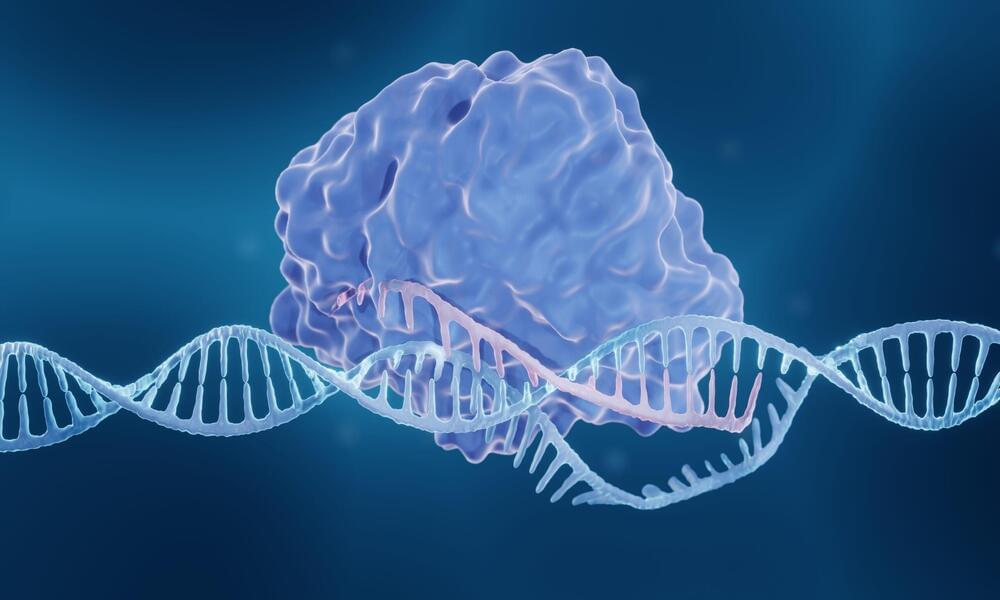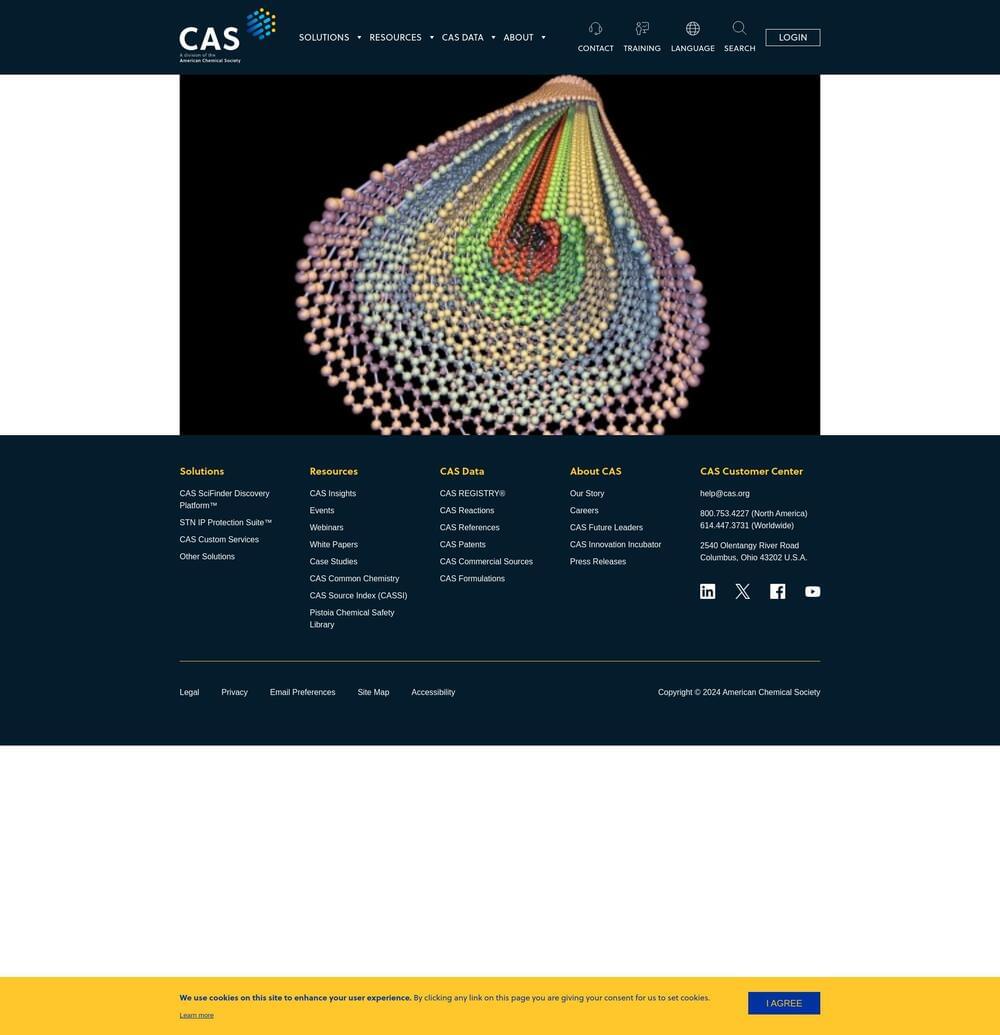CRISPR gene editing leads to improvements in vision for people with inherited blindness, a recent clinical trial shows.


AlphaFold 3 by DeepMind accurately predicts protein structures and interactions, transforming drug discovery and structural biology.
“As long as the pharmaceutical companies quest for innovation is solely driven by intellectual property rights, they will keep failing in the war on cancer.”-Sylvie Beljanski.
Dr. Mirko Beljanski PhD, was a molecular biologist at the Pasteur Institute in Paris who investigated how environmental toxins damage DNA leading to cancer as well as natural compounds with protective anticancer properties. His research eventually led him to the discovery of two unique and powerful anticancer plant extracts: Pao pereira and Rauwolfia vomitoria.
In 1996 Dr. Beljanki’s lab was raided. His research was seized and he was locked in his lab and poisoned with an unknown chemical gas. The next day he was released from his lab and arrested. Two months later he was diagnosed with leukemia and remained under house arrest for the next two years awaiting a trial with no date until he passed away.

Japanese scientists are set to kick off the world’s first clinical trials of “tooth regrowth medicine” at the Kyoto University Hospital, The Mainichi reports.
Researchers from the Japanese startup Toregem Biopharma are planning to enroll patients who were born missing some or all of their teeth from birth, a condition called congenital anodontia, for the trials.
The patients will receive an antibody treatment that deactivates a protein called USAG-1, believed to stop “tooth buds,” which most people have, from developing into either baby or permanent teeth.

Crucial texts, many available in English for the first time, written before and during the Bolshevik Revolution by the radical biopolitical utopianists of Russian Cosmism.
Cosmism emerged in Russia before the October Revolution and developed through the 1920s and 1930s; like Marxism and the European avant-garde, two other movements that shared this intellectual moment, Russian Cosmism rejected the contemplative for the transformative, aiming to create not merely new art or philosophy but a new world. Cosmism went the furthest in its visions of transformation, calling for the end of death, the resuscitation of the dead, and free movement in cosmic space. This volume collects crucial texts, many available in English for the first time, by the radical biopolitical utopianists of Russian Cosmism.
Cosmism was developed by the Russian philosopher Nikolai Fedorov in the late nineteenth century; he believed that humans had an ethical obligation not only to care for the sick but to cure death using science and technology; outer space was the territory of both immortal life and infinite resources. After the revolution, a new generation pursued Fedorov’s vision. Cosmist ideas inspired visual artists, poets, filmmakers, theater directors, novelists (Tolstoy and Dostoevsky read Fedorov’s writings), architects, and composers, and influenced Soviet politics and technology. In the 1930s, Stalin quashed Cosmism, jailing or executing many members of the movement. Today, when the philosophical imagination has again become entangled with scientific and technological imagination, the works of the Russian Cosmists seem newly relevant.



Carbon nanotubes (CNTs) are nanometer-scale structures with immense potential to improve different materials, but inconsistencies in their chemical and electrical properties, purity, cost, and concerns over possible toxicity present ongoing challenges. CNTs are a one-dimensional carbon allotrope made of an sp2 hybridized carbon lattice in a cylindrical shape. Single-walled CNTs are a simple tube, while multi-walled CNTs are nested concentrically or wrapped like a scroll (Figure 1).
These nanoscale materials feature a high Young’s modulus and tensile strength and can have either metallic or semiconducting electrical properties. Controlling their atomic arrangement (chirality) affects their conductivity, and because of this, researchers have been trying to understand how synthesis parameters can be used to generate CNTs with predictable electrical properties. The development of various chemical vapor deposition (CVD)-based recipes within the last 20 years to synthesize CNTs has improved this situation.
As we’ve seen in our analysis of the CAS Content Collection™, the world’s largest human-curated collection of published scientific information, the increase in patent activity indicates a high amount of interest in commercial applications for CNTs (Figure 2).

There used to be the concept of a “singularity”. The idea was that computers would become smarter than humans and start to replace them. Even the idea that humanity would be substituted by silicon-based computing machines (robots) was suggested. Against that two years ago we set the concept of “The convergence”. This assumes that biological and silicon-based computation would merge in the sense of better control over biological processes like diseases and longevity. It is essentially a deeply humanistic perspective, in spite of being futuristic, and not taking misuses actively into account.

“Engineering the brain”. There was no intelligent design, and as a result, body organs do not resemble machines. Once we start building machines like body organs — with utility functions, self-organization and cells as building blocks, we can mesh engineering and evolutionary principles to arrive at better organisms.